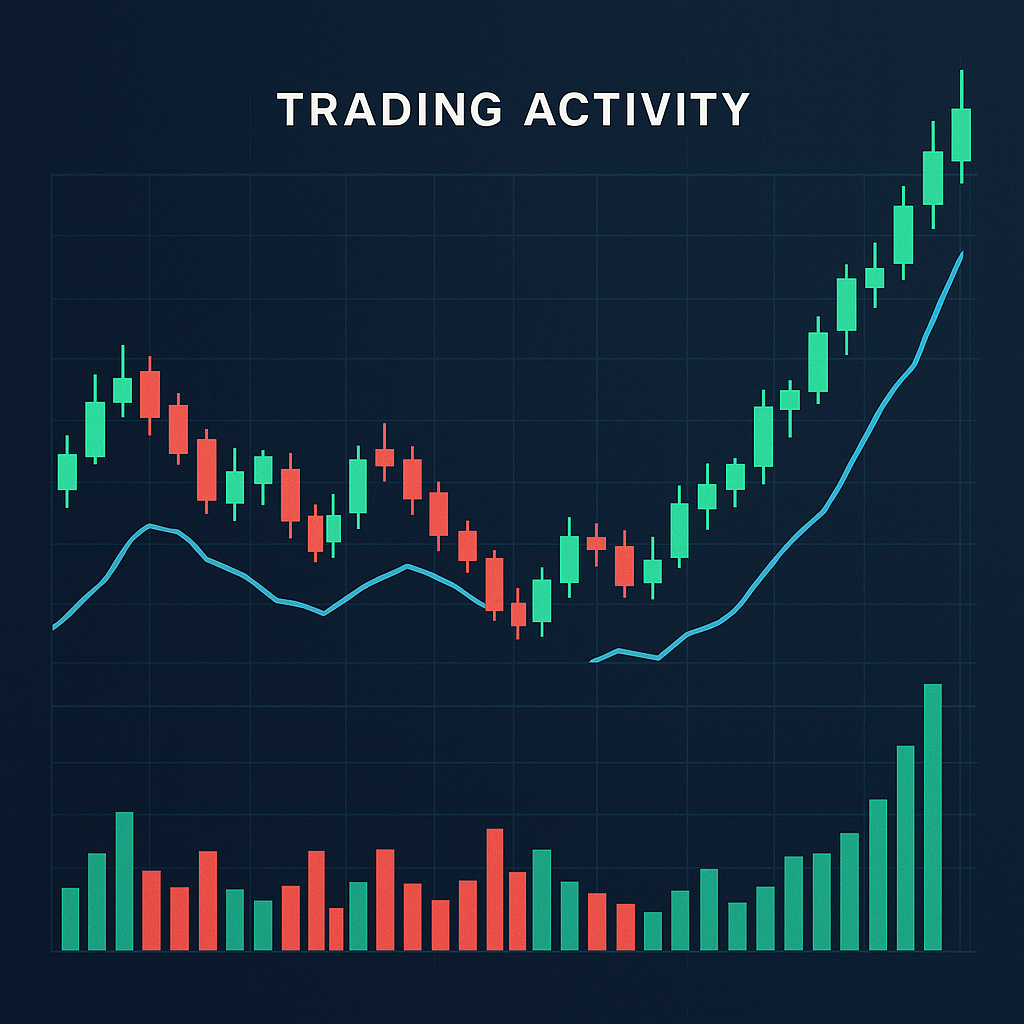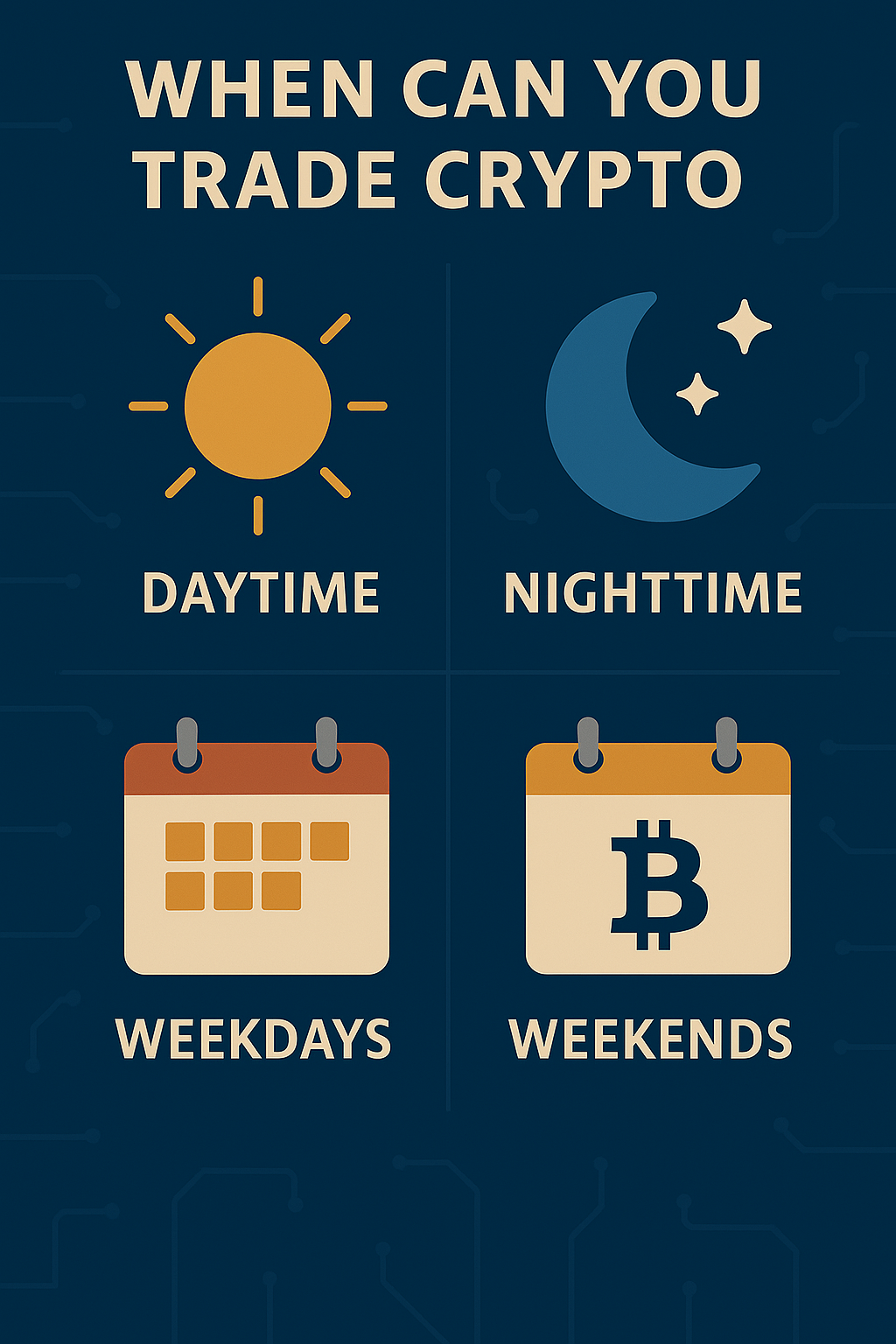
The Unending Clock of Crypto
The 24/7 nature of cryptocurrency trading may appear daunting at first, but it essentially offers unparalleled opportunities. Traders can engage with the market at any time, taking advantage of global events as they unfold. This constant availability also means that traders can respond to news and market shifts instantly, without having to wait for the market to open.
Global Reach and Time Zones
Cryptocurrency markets are not bound by geographic locations, which means that they operate across all time zones. This global reach ensures that there’s always some level of trading activity happening, influenced by traders in different parts of the world. Understanding how different time zones impact trading volumes can help you pinpoint when the market is most active.
The Impact of Decentralization
The decentralized nature of cryptocurrencies is what allows for this continuous trading. Unlike traditional markets that rely on central authorities, cryptocurrencies operate on blockchain technology, which is decentralized and distributed. This structure not only supports 24/7 trading but also ensures that no single entity can control the market.
Is Crypto Trading 24/7?
Yes, the crypto market is open 24/7. This means you can trade cryptocurrencies like Bitcoin, Ethereum, and others at any time of the day or night. This continuous trading is possible because cryptocurrencies are decentralized and not tied to any specific country or central authority.
Constant Activity and Market Dynamics
The 24/7 nature of crypto trading leads to a dynamic market environment where price movements can occur at any time. This constant activity can be both a blessing and a curse, as it allows for more trading opportunities but also requires traders to be vigilant and responsive to sudden market changes.
Flexibility for Traders
The ability to trade at any time provides traders with a level of flexibility not seen in traditional markets. Whether you’re a night owl or an early riser, you can find a time that suits your schedule. This flexibility is particularly beneficial for those who trade as a side hustle or have other commitments during regular market hours.
The Role of Crypto Exchanges
Crypto exchanges play a crucial role in facilitating 24/7 trading. They provide the infrastructure for buying, selling, and exchanging cryptocurrencies at any time. Understanding the operation and reliability of different exchanges can help ensure smooth trading experiences regardless of the time of day.
Does the Crypto Market Close?
No, the crypto market does not close. However, this doesn’t mean that all times are equally advantageous for trading. Different periods throughout the day can see varying levels of activity and volatility. Understanding these patterns can help you identify the best times to trade.
Volatility Patterns
While the market is always open, certain times of the day experience higher volatility than others. Volatility can present opportunities for traders looking to capitalize on price swings, but it also increases risk. Identifying when these volatile periods occur can help you plan your trades more effectively.
Liquidity Considerations
Liquidity refers to how easily an asset can be bought or sold without affecting its price. During times of higher trading activity, liquidity tends to be higher, which can lead to tighter spreads and better execution of trades. Conversely, during quiet periods, liquidity may drop, leading to wider spreads and potential slippage.
Timing Your Trades
To maximize your trading outcomes, consider aligning your trades with periods of higher liquidity and volatility. This often coincides with the overlap of major financial markets, which we’ll explore in more detail later. Timing your trades well can make a significant difference in your profitability.
The Best Time Frames for Crypto Trading
Timing is crucial in the world of trading. Here are some time frames you might consider when planning your trading strategy:
Bitcoin Daily Hours for Technical Analysis (TA)
Bitcoin, being the most popular cryptocurrency, often sets the pace for the rest of the market. Many traders focus on Bitcoin’s daily movements for technical analysis. The most active hours for Bitcoin trading tend to coincide with major global financial centers:
- New York (8:00 AM to 4:00 PM EST): This period is highly active due to the overlap with the London session, leading to increased liquidity.
- London (3:00 AM to 11:00 AM EST): As one of the largest financial hubs, London sees significant trading volume, impacting Bitcoin and other cryptocurrencies.
Analyzing Daily Market Trends
Understanding daily market trends is essential for effective trading. By focusing on specific hours where trading volume is highest, you can better analyze market trends and make informed decisions. Tools such as candlestick charts and moving averages can help you identify patterns during these peak periods.
The Influence of Global Financial Hubs
The influence of major financial hubs like New York and London cannot be overstated. These cities host significant trading activity, and their market hours often dictate global cryptocurrency trends. Being aware of these hubs’ schedules can give you an edge in predicting market movements.
Technical Analysis Tools and Strategies
Employing technical analysis tools during active trading hours can enhance your strategy. Indicators like RSI, MACD, and Bollinger Bands can provide insights into market momentum and potential reversal points. Combining these tools with an understanding of peak trading times increases your chances of success.
What Time Does the Crypto Market Reset?
The crypto market doesn’t “reset” in the traditional sense. However, many traders consider the start of a new day (00:00 UTC) as a reset point, as this is when daily charts update. This time can be a point of volatility as traders react to new data.
The Concept of Daily Resets
While the market never truly resets, the daily update of charts at 00:00 UTC acts as a psychological reset for many traders. This moment is crucial for those using daily timeframes in their analysis, as it represents the start of a new trading day.
Volatility at the Start of the Day
The transition to a new day often brings a spike in volatility. Traders react to the latest updates and news events that may have occurred overnight. Being prepared for these fluctuations can help you capitalize on rapid price movements.
Planning Around the Daily Chart Update
By aligning your trading activities with the daily chart update, you can make more strategic decisions. This is an excellent time to review your positions, adjust stop-loss orders, and plan new trades based on the latest data.
Peak Trading Sessions

Asia Session (7:00 PM to 4:00 AM EST)
Countries like Japan and South Korea contribute significantly to trading volumes, especially in cryptocurrencies like Bitcoin and Ethereum. The Asian session is pivotal for setting the tone for the day’s trading, often leading to substantial price movements.
European Session (3:00 AM to 12:00 PM EST)
The European session is characterized by high trading activity, with London being the focal point. This session often witnesses significant price changes, driven by news and developments from European markets.
London-New York Overlap (8:00 AM to 12:00 PM EST)
This is often the most volatile period, with high liquidity and trading volumes. Many traders find opportunities during this overlap due to the convergence of two major financial markets. It’s an ideal time to capitalize on heightened market activity.
Can You Trade Crypto on Weekends?
Yes, you can trade crypto on weekends. Unlike traditional markets, cryptocurrencies don’t take a break on Saturday and Sunday. However, weekend trading can be unpredictable, with lower liquidity and higher volatility. It’s essential to exercise caution and adjust your strategy accordingly.
Weekend Trading Dynamics
Weekend trading presents a unique set of dynamics. With many institutional traders away from their desks, retail traders can influence market movements more prominently. This can lead to unexpected price swings and increased volatility.
Liquidity Challenges on Weekends
Lower liquidity on weekends can pose challenges for executing trades at desired prices. Wider spreads and slippage are more common, so it’s crucial to plan your trades carefully and be mindful of these factors.
Strategic Adjustments for Weekend Trading
To trade effectively on weekends, consider adjusting your strategy to account for increased volatility and reduced liquidity. This may involve setting wider stop-loss orders, being more selective with trade entries, or focusing on long-term positions.
Crafting Your Cryptocurrency Trading Strategy
To succeed in the crypto market, it’s essential to have a well-thought-out strategy. Here are some tips to help you navigate the market effectively:
Identifying Your Trading Style
Different traders have different styles, ranging from day trading to long-term investing. Identify what suits your risk tolerance and goals:
- Day Trading: Involves making multiple trades within a single day. Requires constant monitoring and quick decision-making.
- Swing Trading: Involves holding positions for several days or weeks to capitalize on expected market shifts.
- Long-Term Investing: Involves buying and holding cryptocurrencies for extended periods, often based on fundamental analysis.
Developing a Comprehensive Plan
Crafting a comprehensive trading plan involves setting clear objectives, identifying preferred trading styles, and determining risk tolerance levels. A well-defined plan can guide your trading activities and help you stay focused on your goals.
The Importance of Flexibility
While having a plan is crucial, maintaining flexibility is equally important. The crypto market is highly dynamic, and being able to adapt your strategy in response to changing market conditions can enhance your trading success.
Using Technical Analysis Tools
Technical analysis can help you identify trends and make informed decisions. Tools like moving averages, RSI (Relative Strength Index), and MACD (Moving Average Convergence Divergence) are popular among traders.
Mastering Technical Indicators
Understanding and mastering various technical indicators can provide a significant edge in the market. Familiarize yourself with commonly used indicators and learn how to interpret their signals for better trading outcomes.
Integrating Technical and Fundamental Analysis
While technical analysis is valuable, combining it with fundamental analysis can offer a more comprehensive view of the market. Evaluating both technical and fundamental factors can lead to more informed trading decisions.
Monitoring Market News and Sentiment

Leveraging News for Trading Opportunities
Market news and sentiment can provide valuable trading opportunities. By staying informed about the latest developments, you can anticipate market reactions and position yourself advantageously.
The Role of Social Media in Crypto Trading
Social media platforms play a vital role in shaping market sentiment. Being aware of discussions and trends on platforms like Twitter and Reddit can give you insights into the market’s mood and potential price movements.
Setting Stop-Loss and Take-Profit Levels
Protecting your investments is vital. Set stop-loss orders to limit potential losses and take-profit orders to secure gains. These tools can help you manage risk and maintain discipline in your trading strategy.
The Psychology of Risk Management
Effective risk management is as much about psychology as it is about strategy. Setting appropriate stop-loss and take-profit levels can help you manage emotions and maintain discipline in the face of market fluctuations.
Continual Refinement of Risk Strategies
As you gain experience in trading, continually refine your risk management strategies. Learn from past trades, analyze what worked and what didn’t, and adjust your approach to improve your trading outcomes.
Conclusion: Timing Is Everything
In the fast-paced world of cryptocurrency trading, timing can make all the difference. By understanding market hours, identifying peak trading sessions, and crafting a solid strategy, you can enhance your chances of success. Remember to stay informed, exercise caution, and continuously refine your approach. With the right knowledge and tools, you can trade cryptocurrency effectively and achieve your financial goals.
Embracing the Learning Curve
Cryptocurrency trading involves a continuous learning curve. By embracing this journey, you can build a deeper understanding of the market and improve your trading skills over time.
The Role of Discipline in Trading Success
Discipline is a critical component of successful trading. By adhering to your strategy, managing risk effectively, and avoiding impulsive decisions, you can navigate the market with confidence.
Celebrating Small Wins and Learning from Losses
Recognize and celebrate your successes, no matter how small. Equally important is learning from your losses and using them as stepping stones for future improvement. This balanced approach can lead to long-term trading success.

No responses yet